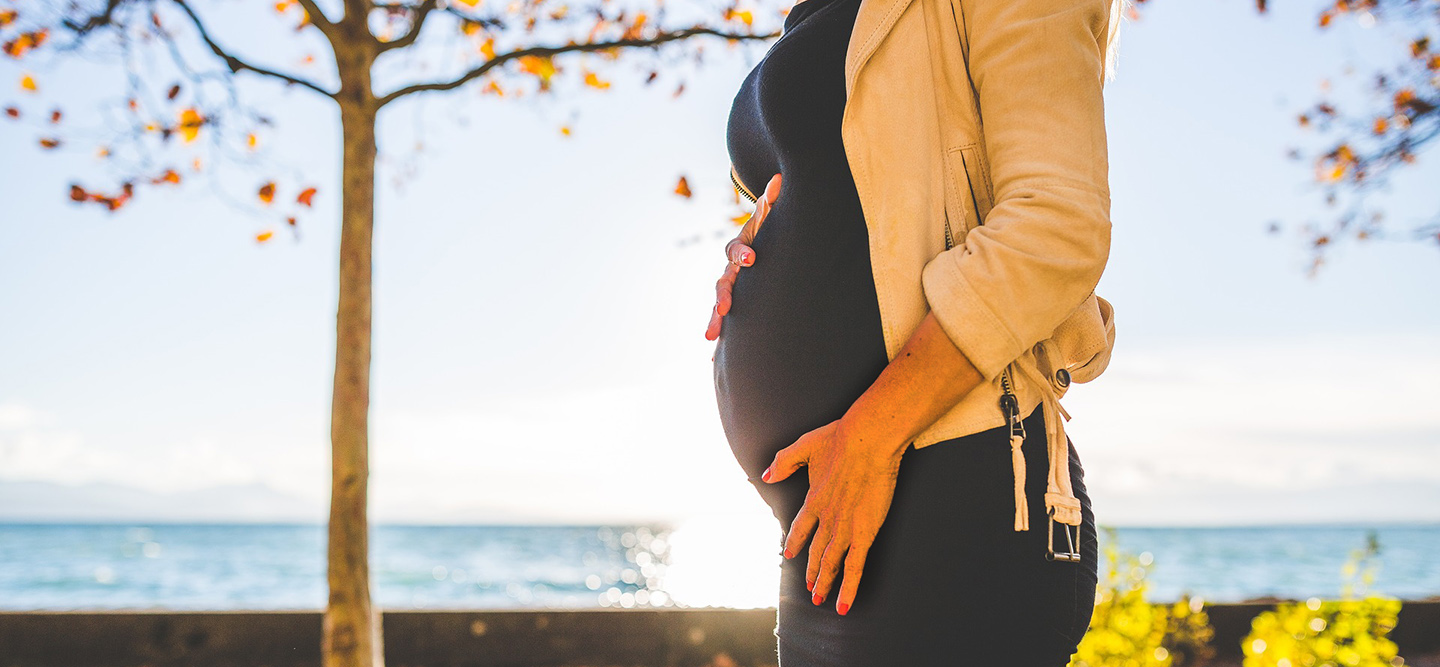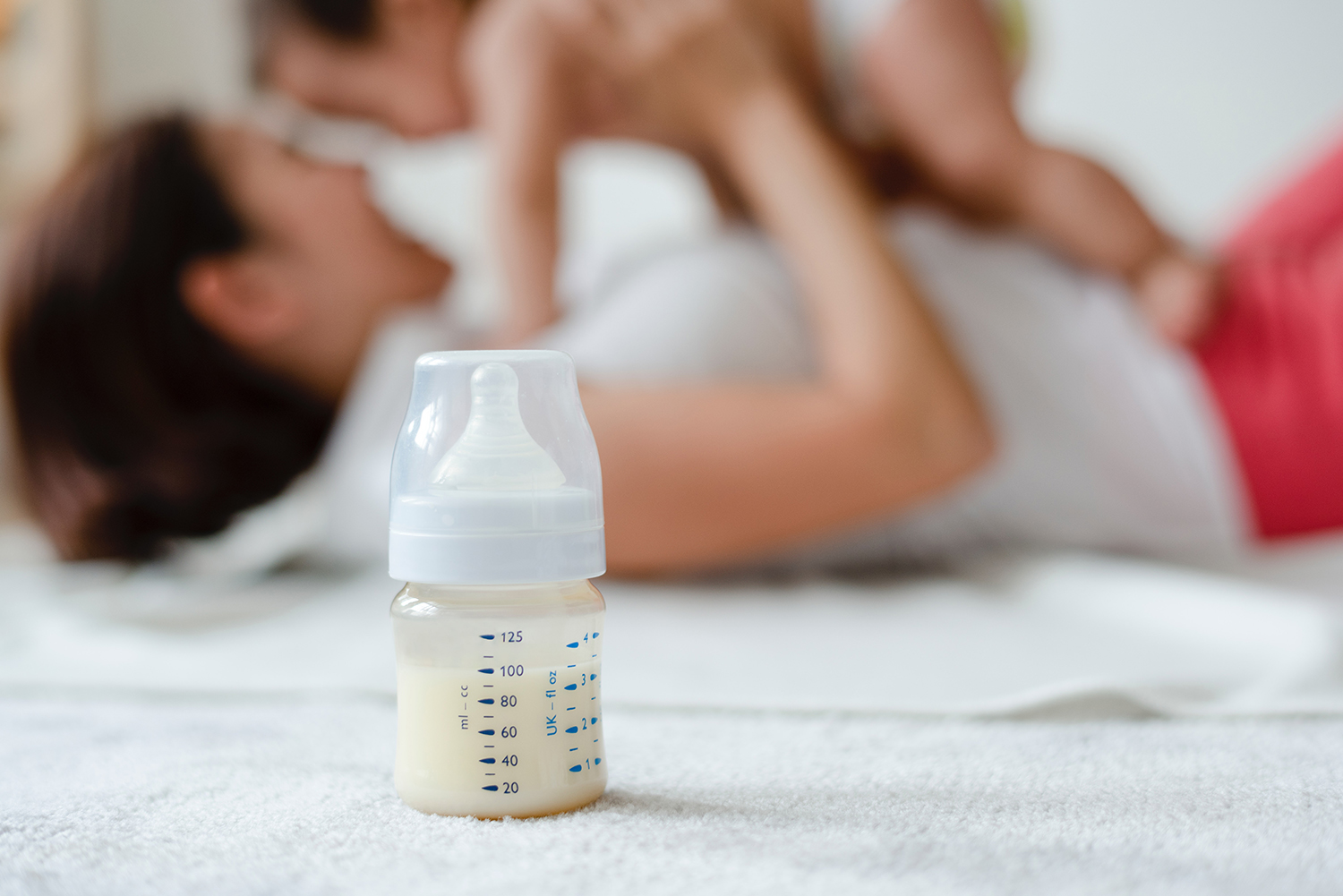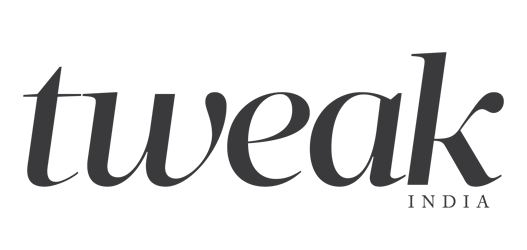
The ultimate pregnancy checklist
An essential guide—and your antidote to baby brain
My favourite thing to ask newly pregnant couples is, “Tell me all about the day you found out you’re going to have a baby.” Nine out of 10 begin to narrate their stories with twinkly eyes—until deep frown lines appear when the question, ‘now what?’ arises.
As you know there are checklists, and there are checklists. This is the latter. A pregnancy checklist, handily broken down into Before Baby (BB) and After Baby (AB) sections that allow first-time mothers to put their swollen feet up and their partners to be at their supportive best without filtering through daunting literature and unsolicited advice (suddenly, everyone’s an expert).
Pregnancy checklist: Before Baby (BB)

1) Find your gynaecologist: If you have one, yay you. If not, speak to friends and family, or a trusted doctor to get recommendations. Before closing in, check the hospitals they are affiliated with—you want to experience this milestone moment where you’re comfortable, whether a private nursing home or public hospital.
2) The first visit: You know that scene in every ‘baby movie’ where the little blob on the sonography screen makes parents weep? All true. Except they leave out the crucial part where the pregnant lady inundates her new BFF with a list of questions and her detailed medical history.
3) Prenatal vitamins: Pretty sure even Wonder Woman needs her vitamins, so add them to your pregnancy checklist. Dr Sheetal Sabharwal, obstetrician and gynaecologist, says, “Folic acid is taken even pre-conception as it reduces the risk of neural defects and improves the quality of the egg. Through the first trimester, it’s essential and needs to be supplemented with iron and calcium. Among other vitamins, we also focus on Zinc, Omega 3, DHA and D3. All vital and best recommended by your doctor.”

4) Health insurance: Speak to your health insurance officer and find out what you’re covered for. Ask precise questions. Once you have all the information, you can decide on your preferred choice of hospital care.
5) Baby literature: While there are more books on this topic than stars in the Milky Way, the bible remains to be ‘What To Expect When You’re Expecting’ by Heidi Murkoff and Sharon Mazel. Reading should be an important part of every pregnancy checklist as it allows you to assimilate and soak in the information at your own pace and many couples tell me that reading the same book helped them bond and gain empathy for each other. Check this link for more interesting picks.

6) Digital communities: Dhavni Sahaya, mother of two, recalls the importance of building a support system online, “It is a great way to connect with moms-to-be and talk about things you are experiencing. The women on these groups really helped me through a tough first trimester.” Informative and fun, these don’t usually pop up on pregnancy checklists — but they’re great as they also allow anonymity in case one is feeling overwhelmed with simple questions. And the weekly updates, comparing the size of your child to a fruit or a vegetable are so fun. I used and loved the What To Expect pregnancy app. You can also join online mommy networks on Facebook.
7) Maternity wear: While your body may not change substantially in size in the first four months, you will need new clothes, eventually. Look for at least two to three versatile going-out dresses. Invest in jeans/pants with elastic bands—they adapt to your growing body and can be used through the pregnancy and even later (cravings are real). By my sixth month, I was buying more clothes with front zips and/or buttons, which are great for when you start breastfeeding. Maternity lingerie, like clothes, is slightly more expensive but worth the investment—malleable bras and underpants that allow you to breathe comfortably, made from fabrics that won’t irritate skin are key.

8) Pregnancy pillow: If you’re anything like me, your attachment to a pregnancy pillow might make your partner a tad insecure. When the stomach starts to grow, aerial shots of your sleeping positions could be turned into a brochure of ‘How Not To Sleep When You’re Expecting’. The pregnancy pillow will rescue you—moms can go on to use them as nursing pillows, and they’re easily available online.
9) Breast pump: ‘Breast Milk vs Bottle Feed’ is an endless debate, and whatever you decide, I recommend an electric breast pump—Medela is a good bet. Rey was a colicky baby so as per my doctor’s advice I stuck to breast milk for as long as I could. Once I started to bottle feed, the electric pump was a life saver.

10) Baby clothes: My first visit to a baby store turned me into a cooing, wide-eyed kid at a candy store. Reign it in and consider the weather conditions where you live and incoming baby shower gifts before you turn your home into a baby clothes store. Start from the inside out, with diapers—if you’re using cloth nappies, you’ll need a truckload. Washable/ reusable diapers with inserts are worth a try (I loved the ones from Bumpadum and Superbottoms). I used both diapers and cloth nappies. Pro tip— buy the new-born diapers from at least two brands and see what suits your baby. You’ll get better deals at wholesale markets —and let’s be honest, you’ll need them all. Buy a diaper rash cream after consulting with your doctor.
On to the ensemble— begin with acquiring a good quality soft muslin swaddle cloth and invest in bodysuits, onesies or jhabbas. Ishita Sanghal, mother to a nine-month-old, recalls, “I loved those cotton jhabbas (soft cotton tops with strings) my mother introduced me to. They kept my little boy comfortable and are also very cost effective, considering how quickly kids outgrow their clothes.” About 5-8 pairs of mittens are essentials, so the little one doesn’t scratch himself/herself. Plus, a gentle laundry detergent
11) Diaper bag: Easily available online, they’re not the sexiest arm candy, but these blessings come in plenty of fun designs and will store the million-and-more things your child needs.
12) Wipes: I personally prefer cost-effective, easy on the skin, homemade cotton ones. Simply soak cotton balls in a box of hot water, wait for it to cool down and—voila.
13) Baby pillow: I went traditional and used a homemade mustard pillow (Rai ka takia). If that’s not for you, explore pillow options online and in-store.
14) Carry cot / Car seat: “Parents should buy a carry cot or a car seat that converts into a carry cot. When you leave the hospital, take the baby home in a cot and don’t just carry them in your arms till you get used to moving around with the baby,” says paediatrician Dr Sonal Saste. Graco car seat works as a carry cot as well.

When it comes to cribs or bassinets, customise cribs to your liking, or buy them off the rack—even better, borrow and pass it on. Invest in fitted sheets, a mattress and washable crib mattress pad. Since Rey was a colicky baby and woke up crying every 30 minutes, my plans to put him in a crib from Day 1 didn’t quite work—co-sleeping did. A lightweight flexible stroller goes a long way during holidays and also encourages you to leave the house. Graco and Chicco have some great options too.
15) Bath essentials: Start with a basic round tub, or bath chair—I invested in a tub when my little one was able to sit on his own and enjoy it. Chemical-free soap and shampoo is crucial—pick mini versions and see if it suits your child. I started with Sebamed and it worked great from that baby skin. I eventually moved to and loved Mamaearth. While adorable animal-hooded towels make for great baby photos, all you need to look out for is a basic soft towel that isn’t harsh on baby skin.
Pregnancy checklist: Hospital bags

(Pro tip: Keep your bag ready by week 36)
Gowns: Even though the hospital will give you a gown to wear, I was more comfortable wearing my own.
Maternity pads: Carry two big packets of these maternity pads, you will need them. Get them in a large size for maximum comfort. Your breasts will leak, so make sure you buy breast pads—disposable or reusable.
Music & more: Unless you’ve reached zen levels of calm, your pregnancy checklist needs a book, music or a tool that will help you stay grounded and calm (kind of). “Apart from essentials, I carried a ring my dad gave me as it has a sentimental value and made me feel stronger”, says Shouger Merchant, mother of a 4-year-old boy.
Going-home outfit: Don’t forget underpants. Since there will be photos galore, pack something comfortable that you love. Bright colours always help

Formula: “There is no denying the pressure on the mother when it comes to breastfeeding. I would advise all mothers to carry formula just in case you find yourself (like many others) not lactating enough on day one,” points out Dr Sonal Saste.
Baby essentials: “I carried a onesie with the logo of the university where I met my husband. We wanted that to be our baby’s coming home outfit,” says Merchant. In addition to a sassy going-home outfit, you’ll need onesies, full body-suits, mittens, diapers, caps, swaddles, blanket, burp cloths and carry cot to bring the baby home.
Pregnancy checklist: After Baby (AB)
1) Find your paediatrician: Your paediatrician is your new 4:00 a.m friend, so invest in a good one. Ask mommy friends for suggestions and feedback when you zero down on one. Look out for proximity (since initially there are quite a few trips to be made), accessibility (is the doctor accessible over the phone or in case of an emergency) and after your first visit, you will know if you want to stick with him/her.

2) Baby bottles and nipples: If you intend to use the bottle from day one, then you need to buy them on your BB pregnancy checklist. If your child takes to the first bottle/nipple you offer, lucky you. Otherwise, explore more brands and always remember to buy age-appropriate nipples.
3) Bottle steriliser: “Since I could not breastfeed for long and switched her to the bottle after two months, the bottle steriliser was a blessing,” says Zenia Juneja, a mother to a 4-year-old. Good brands are Pigeon, Chicco or Mee Mee. The inexpensive way is to simply boil water at home and disinfect them.
4) Go-to bag for medicines and other essentials: Vitamin D3 drops, Collicaid, saline nasal drop, baby thermometer, hairbrush, tongue cleaner, and nail clipper.
5) Baby monitor: Crucial for when you want to step out of the room, once the baby is asleep. I started using this once Rey was a month old. Since they’re slightly expensive, don’t say no to hand-me downs. Or invest in Motorola baby monitors—a popular choice.
6) Playtime: My favourite buy was a play gym. I used to leave him on that all the time and leave soft-touch books by his side. Fun rhymes and songs were all we needed during playtime to get our party started.
Photos: Pexels, Pixabay

